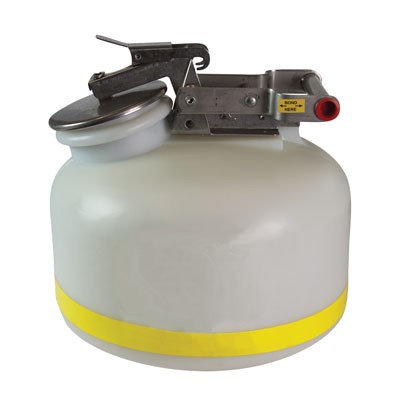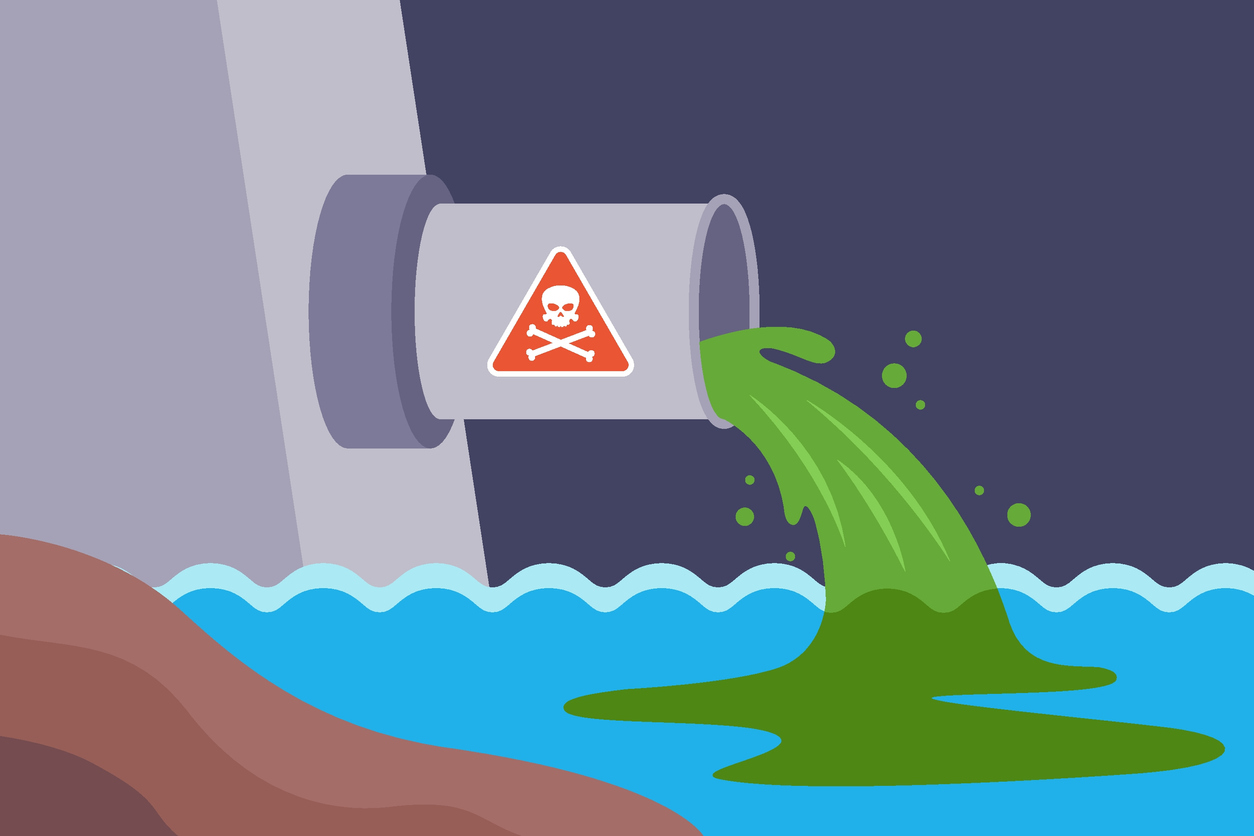Industrial Wastewater Treatment: Advanced Techniques for Effective Monitoring
Exactly How Liquid Waste Disposal Functions: A Detailed Overview of Techniques and Technologies Used

Summary of Liquid Waste Kind
The complexity of liquid waste types necessitates an extensive understanding of their attributes and effects for disposal. Fluid waste can extensively be categorized into several types, including industrial, municipal, farming, and hazardous waste. Each classification shows distinctive buildings, calling for details administration techniques to reduce environmental and health risks.
Industrial fluid waste originates from manufacturing procedures and usually has an array of pollutants, such as heavy steels, solvents, and natural compounds. Municipal fluid waste, mainly making up wastewater from households and business facilities, includes raw material, nutrients, and pathogens (industrial wastewater treatment). Agricultural fluid waste, including drainage from farms, may consist of fertilizers, chemicals, and pet waste, positioning threats to water quality and ecological communities
Harmful liquid waste is identified by its toxicity, sensitivity, or prospective to cause injury. This classification consists of compounds like acids, bases, and specific chemicals that require rigorous handling and disposal procedures. Understanding these diverse fluid waste types is vital for creating effective disposal approaches and guaranteeing conformity with ecological regulations. Appropriate category and characterization are vital for implementing appropriate therapy strategies and reducing the damaging effect on public health and wellness and the setting.
Physical Therapy Approaches

Testing is the first action, where bigger bits and debris are eliminated from the liquid waste utilizing screens or grates. This process protects downstream equipment from damage and ensures smoother procedure. Adhering to testing, sedimentation uses gravitational force to separate solids from fluids. In sedimentation containers, much heavier bits work out at the base, forming a sludge layer, while the made clear fluid can be additional dealt with.
Filtering is one more important approach that entails passing the fluid through permeable materials, such as sand or membrane layers, to catch smaller particles. This action enhances the top quality of the liquid, making it suitable for subsequent treatment procedures.

Chemical Treatment Strategies
Chemical treatment strategies are necessary for efficiently taking care of liquid waste, especially in resolving liquified and colloidal contaminants that physical techniques may not adequately get rid of. These techniques use various chemical agents to counteract, speed up, or transform hazardous compounds right into less hazardous forms.
One typical approach is coagulation and flocculation, where chemicals such as alum or ferric chloride are added to advertise the gathering of suspended bits. This process improves sedimentation, enabling easier elimination of the resulting sludge. In addition, oxidation you can try this out procedures, using agents like chlorine or ozone, are utilized to damage down complex organic substances and microorganisms, making the waste more secure for discharge or more treatment.
Neutralization is another important strategy, which changes the pH of acidic or alkaline waste streams to neutral degrees, click this site protecting against potential damage to downstream systems and the atmosphere. Furthermore, progressed oxidation procedures (AOPs) make use of mixes of oxidants and ultraviolet light to degrade persistent contaminants, accomplishing a greater degree of therapy performance.
Organic Therapy Procedures
Organic therapy procedures play an essential role in the administration of liquid waste by utilizing bacteria to decay raw material and minimize impurity degrees. These processes can be broadly categorized right into anaerobic and aerobic therapies, each utilizing details microbial areas to accomplish efficient waste deterioration.
Cardiovascular treatment includes using oxygen to facilitate the breakdown of natural products by germs. This process is frequently executed in activated sludge systems, where oygenation containers give a conducive atmosphere for microbial development, bring about the oxidation of natural toxins. The resultant biomass can be divided from treated effluent with sedimentation.
In contrast, anaerobic therapy happens in the lack of oxygen, counting on various bacteria to damage down raw material. This technique is specifically beneficial for high-strength waste, as it produces biogas, a sustainable power source, while reducing sludge production. Technologies such as anaerobic digesters are frequently utilized in industrial and local applications.
Both cardiovascular and anaerobic organic treatments not just minimize the environmental impact of liquid waste yet also facilitate source healing, making them vital elements of lasting waste management techniques. Their efficiency, performance, and flexibility sustain their widespread implementation throughout various markets.
Arising Technologies in Disposal
Innovative techniques to fluid waste disposal are quickly evolving, driven by advancements in innovation and an enhancing focus on sustainability. Amongst these arising technologies, membrane bioreactors (MBRs) have actually gotten traction for their capability to incorporate biological treatment with membrane filtration, resulting my link in premium effluent that can be recycled in numerous applications. MBRs make it possible for smaller impacts and much more effective operations compared to standard systems.
An additional encouraging advancement is the usage of anaerobic food digestion incorporated with nutrient recuperation modern technologies, which not just deals with fluid waste however additionally produces biogas and recuperates beneficial nutrients like nitrogen and phosphorus. This twin benefit improves resource effectiveness and decreases environmental impact.
Additionally, advanced oxidation processes (AOPs) are being adopted for the destruction of intricate natural contaminants. These techniques utilize powerful oxidants and catalysts to damage down impurities at the molecular degree, using a very reliable option for difficult waste streams.
Furthermore, the integration of expert system and artificial intelligence in waste monitoring systems is maximizing operational efficiency and anticipating upkeep, resulting in minimized prices and boosted ecological conformity. These technologies mirror a significant shift in the direction of even more efficient and sustainable liquid waste disposal practices.
Final Thought
In verdict, effective fluid waste disposal requires a thorough understanding of various methods and innovations. By continually advancing these techniques, it becomes possible to attend to the expanding challenges associated with liquid waste, inevitably adding to environmental security and resource healing.
Fluid waste disposal is an essential element of environmental administration, calling for a thorough understanding of various techniques and modern technologies tailored to different waste types. Liquid waste can broadly be categorized into numerous kinds, including industrial, local, agricultural, and harmful waste. Agricultural fluid waste, consisting of overflow from farms, may consist of fertilizers, pesticides, and pet waste, positioning dangers to water high quality and ecological communities.
Numerous physical therapy techniques play a critical role in managing liquid waste effectively - industrial wastewater treatment.In final thought, reliable liquid waste disposal requires an extensive understanding of different methods and modern technologies